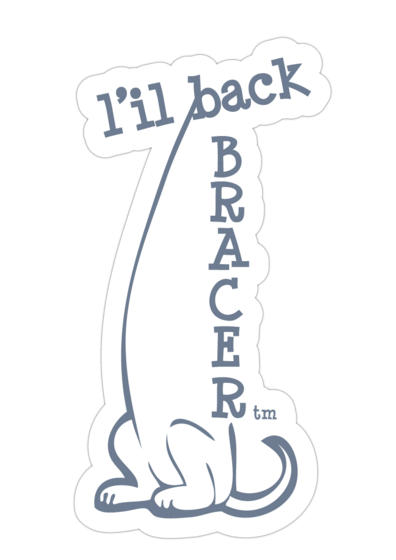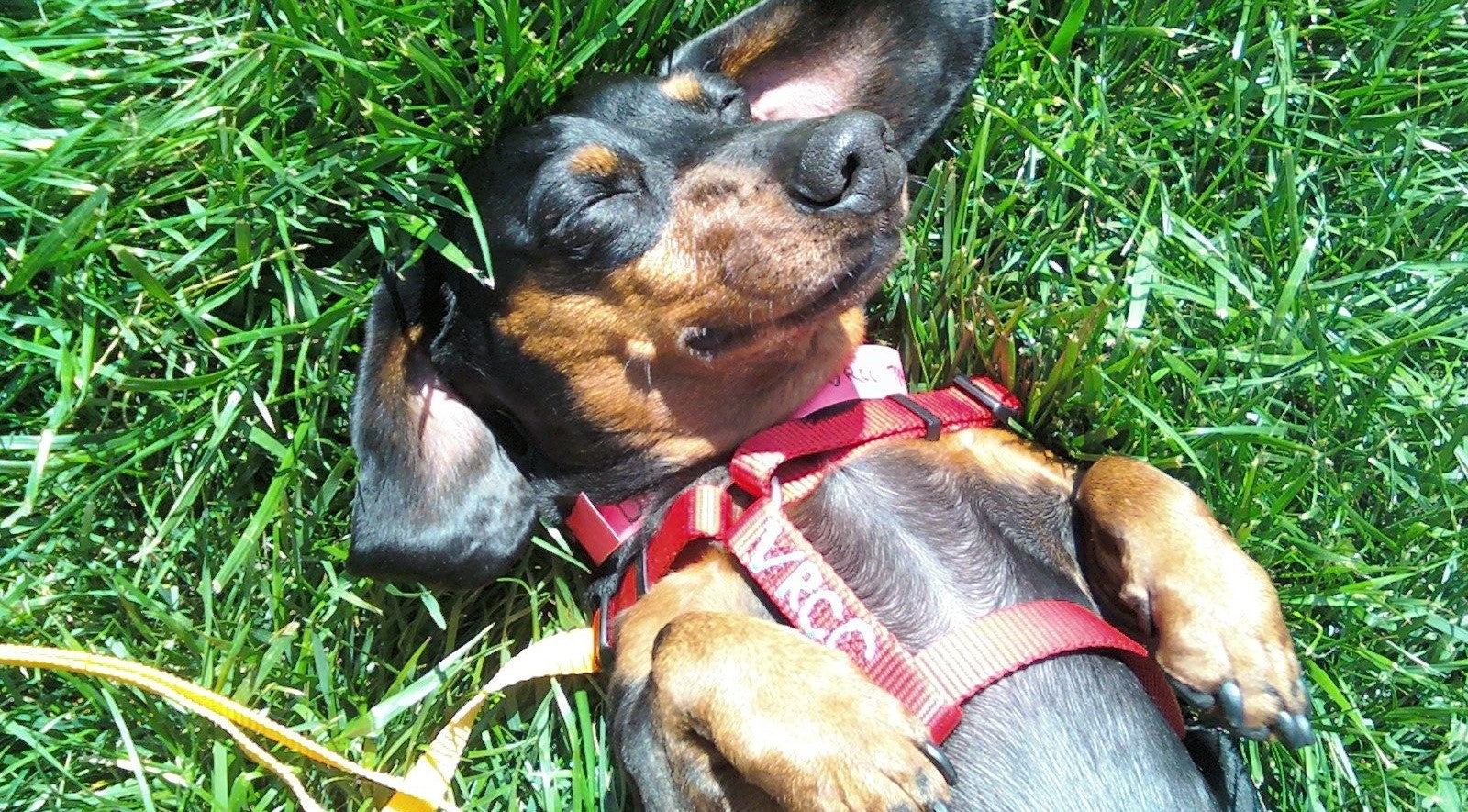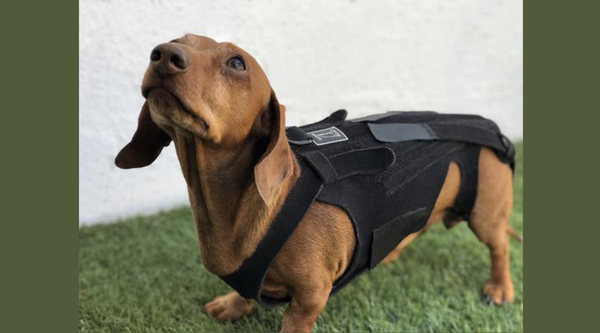I have a 4 year old neopolitan mastiff that was limping on her rear leg for weeks. After much research and vet advice we determined that it was likely a tear in the knee ligament. Due to her size, surgery was not a guarenteed fix. I found this website and cannot say thank you enough for the amazing customer service. After two months of using her custom brace, Piper no longer limps on that leg and is slowly getting back to her regular routine without pain. The quality is top knotch and the staff is super helpful and quick to return emails to answer questions or concerns. I highly reccomend this company for anyone who has struggled with a fur baby with an injury and who cannot afford a costly surgery. With weeks of rest and minimal excercise, she has made an amazing recovery. She wears her custom brace whenever she is outdoors and she doesn't mind it at all. This company has helped to give my girl her quality of life back within two months. Forever grateful :)
Hi Julie,
This is so great to hear, thank you for sharing your story and feedback with us. It warms our hearts that Piper adjusted well to the brace and it has been helping her get back to her regular routine! We pride ourselves in both our products and our customer service so this makes us extremely happy to hear that you had such a great experience. Please let us know if you have any questions, happy to help!
Best,
Animal Ortho Care
Our pup can now run and play and be a pup again without fear of further damage to his ACL. I believe his tear has even improved as he does more weight bearing on when he is just hanging around the house without the brace on. This comoy is amazing! They stand behind their product and helped us work through some fit issues. We couldn't be happier.
Hi Sarah,
We are so happy you had such a good expererience with us. We do our best to make the process easy for everyone that orders. Thank you for the update on your dog! Sounds like he is having the best time with the brace and we are happy it is helping. Please let us know if you have any questions.
Best,
Animal Ortho Care
The braces are top quality . Didn’t take long for my Australian Shepherd to get used to them at all. I can’t thank you enough for this product!
Hi Amy,
So happy to hear that Kiwi is adjusting well to the braces. We wish Kiwi the best! Please let us know if you have any questions.
Best,
Animal Ortho Care
I'm so grateful for the wonderful customer support I received from Animal Ortho Care. They never gave up on providing the best fitting brace for my 11 year old goldendoodle. She had been diagnosed with a partial torn CCL.
They listened to me about the problems the initial brace had when my dog was wearing it. To my amazement, fabrication completely made a new brace that is working perfectly. When Ruby is wearing the brace she wants to run (and I have to slow her down). That is a sign that she's feeling good about the support the brace provides.
Hi Sandra,
Thank you for the kind words! We are glad to hear you had such a positive experience working with us, we pride ourselves both in our quality products and quality service. We are happy to hear that Ruby is adjusting well to the brace and hope she continues to show improvement each week. Thank you for taking the time to leave a review. Please let us know if you have any questions, always happy to help!
Best,
Animal Ortho Care
From start to finish, this was such an easy process. And my dog likes the brace too!
Hi Michael,
We are happy to hear that our custom brace process was easy for you and that Callie is enjoying the brace. We hope Callie continues to advance with the brace. Feel free to send us any updates on Callie and how she is adjusting! :) Please let us know if you have any additional questions.
Best,
Animal Ortho Care














Victoria Runnoe
Author